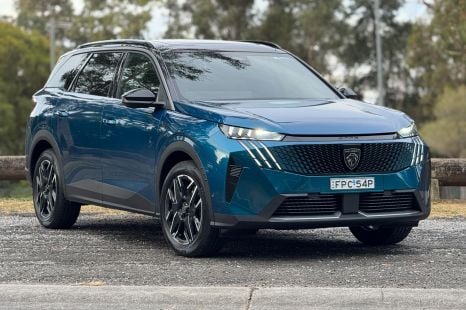

Matt Campbell
4 Days Ago
The Labor Government can't guarantee support from the Coalition in passing its EV incentives bill through the Senate.

News Editor
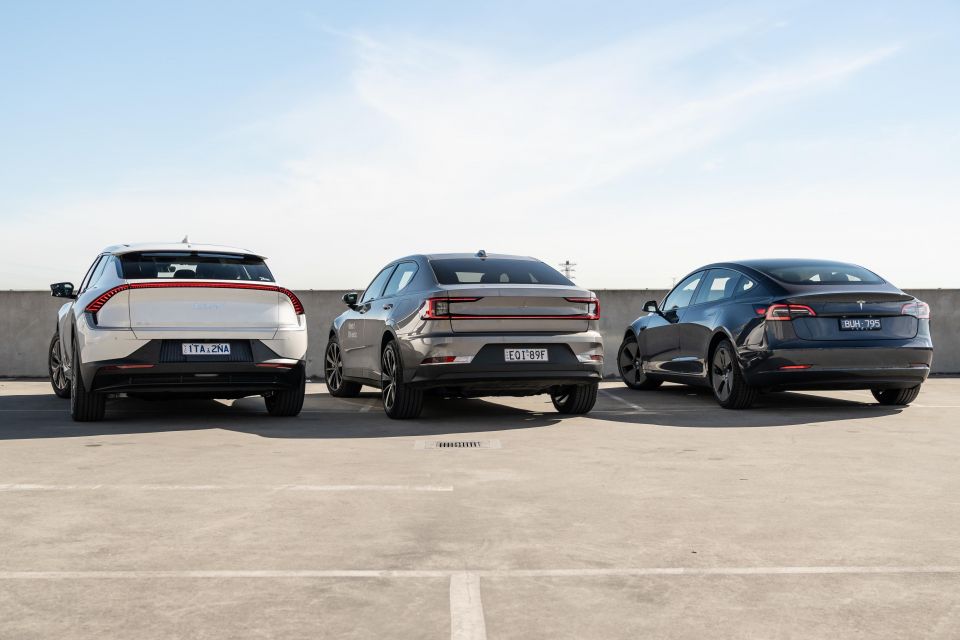

News Editor
The Federal Government’s electric vehicle incentives bill could hit a roadblock in the Senate as Liberal and National MPs raise concerns about the cost of the scheme.
“The Coalition has looked at this very closely and it’s just not good policy,” said Coalition finance spokeswoman Senator Jane Hume, per a report in The Age.
“There are better ways to encourage the take-up of EVs, particularly building infrastructure.”
While the Albanese Labor Government doesn’t need any votes from the Coalition Opposition to pass the bill in the Senate, it will need to secure 13 votes from the cross bench. Labor currently has only 26 seats in the Senate.
That would involve getting support from the Greens and independents.
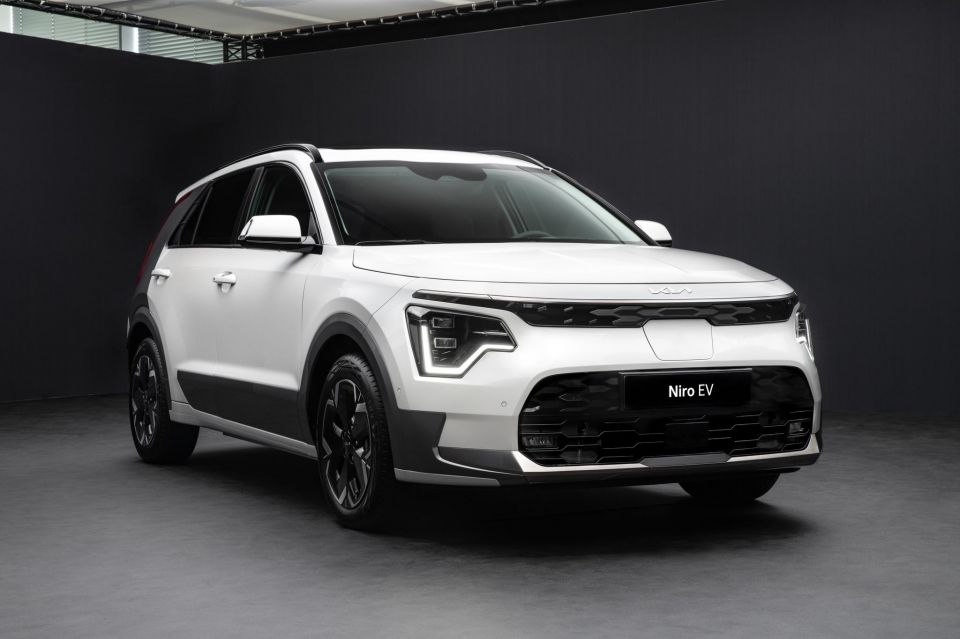
Rather than focusing on direct rebates like many of Australia’s states have done, the Albanese Government’s plan centres on tax breaks to cut prices and drive adoption.
The legislation (called a Treasury Laws Amendment) is currently before the House of Representatives, and exempts low-emissions cars from fringe benefits tax (FBT).
To qualify for the exemption, the low-emissions vehicle must have a first retail price below the current relevant luxury car tax threshold of $84,916 (for 2022-23).
This potentially saves employers and private vehicle operators thousands, and applies to battery-electric vehicles (BEVs), plug-in hybrids (PHEVs) and hydrogen fuel-cell electric vehicles (FCEVs).
If the bill is passed, the Government intends to back-date the incentives to July 1.
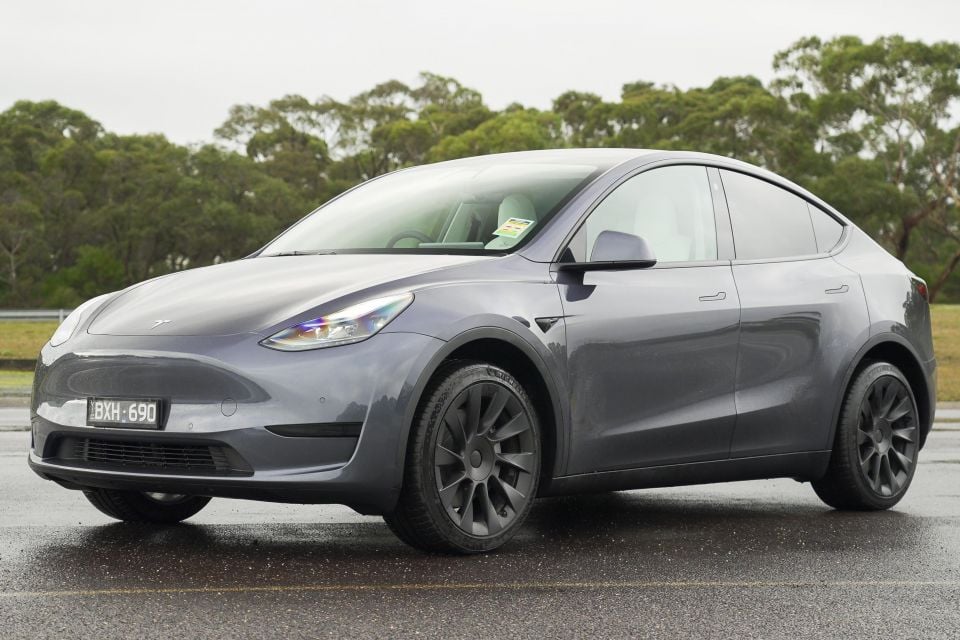
But the Opposition said the tax incentives, which will cost $4.5 billion over a decade, won’t address the key issue of getting supply of EVs to Australia.
It also argued the full cost of the scheme was only revealed after the election.
The Labor Government claims an employer offering a circa $50,000 EV to an employee as a fringe benefit could save up to $9000 a year.
It also claims individuals using a salary sacrifice arrangement to pay for the same model could save up to $4700 a year.
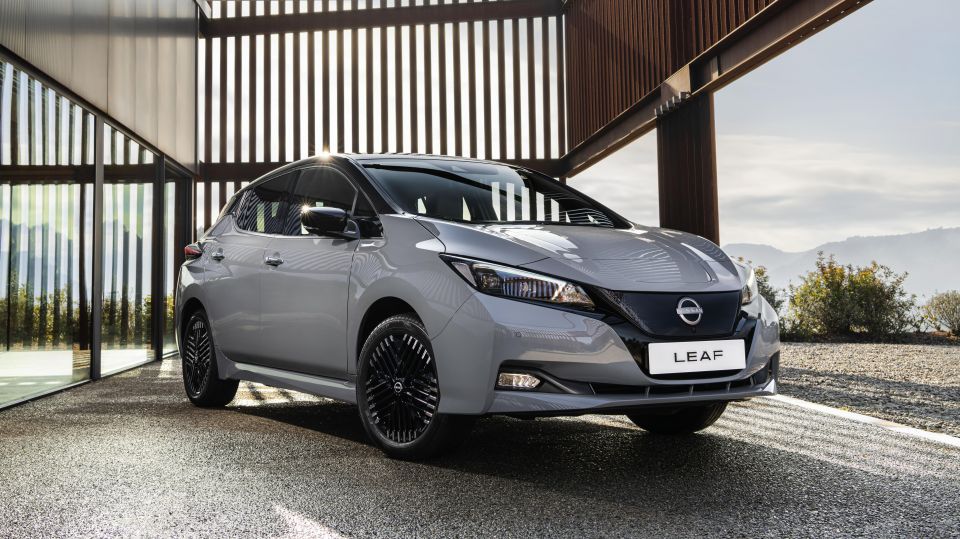
In addition to the fringe benefits tax exemption, the Albanese Labor Government also plans to fulfil an election promise to remove the 5.0 per cent import tariff on eligible low-emission vehicles.
This would impact vehicles from countries not already subject to a free-trade agreement, and therefore would only affect vehicles from Europe and the UK.
“The transport sector is one of the fastest‑growing sources of emissions in Australia and the stronger uptake of electric vehicles can make a substantial impact in our efforts to tackle climate change,” the Government said.
“Importantly – as families struggle with the rising cost of fuel – encouraging more affordable EVs into the market is an important step in addressing transport costs over the medium term and building resilience to global oil prices.
“Yet, right now Australia lags far behind our international peers when it comes to electric vehicle use. This legislation will encourage greater take up of electric cars and contribute to reducing transport emissions.”

Since putting the bill before Parliament, the Albanese Labor Government has also announced it’ll soon start taking submissions from the car industry and other stakeholders on a National Electric Vehicle Strategy.
The core policy to be addressed is the belated introduction of fuel efficiency standards and the application of a binding tailpipe CO2 reduction scheme, which the car industry and other stakeholders have long said is essential to unlock greater EV supply.
Apart from Russia, Australia is the only OECD country to not have, or be in the process of developing, fuel efficiency standards of this type.
“The lack of such standards in Australia is cited as one of the factors impacting the supply and cost of EVs,” contends Climate Change and Energy Minister Chris Bowen.
“Why? Because while Australia doesn’t show leadership, manufacturers prioritise markets which do.”
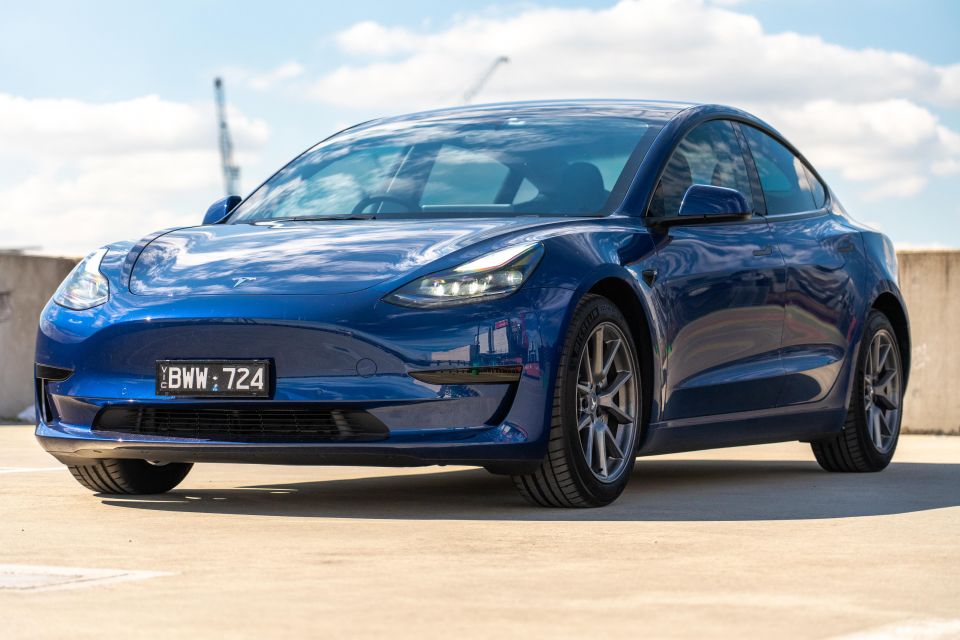
The Albanese Labor Government also recently introduced legislation to bring forward the introduction of lower-sulfur petrol sold in Australia from 2027 to 2024.
By December 15, 2024, all petrol at Australian service stations will have a maximum sulfur level of 10 parts per million. This applies to 91 RON, 95 RON, 98 RON and E85 unleaded fuel.
The introduction of emissions standards may spur automakers to give higher priority to Australia as an export market for their EVs, while the introduction of fringe benefit exemptions may spur take-up of EVs with punters.
But the Government has thus far avoided any talk of subsidies for EVs, leaving several states and territories to pick up the slack in this respect.
Some states and territories have also offered other incentives for EV take-up, like stamp duty waivers, interest-free loans, and reduced or waived registration costs.
MORE: What electric car buyer incentives are offered across Australia?
William Stopford is an automotive journalist based in Brisbane, Australia. William is a Business/Journalism graduate from the Queensland University of Technology who loves to travel, briefly lived in the US, and has a particular interest in the American car industry.


Matt Campbell
4 Days Ago
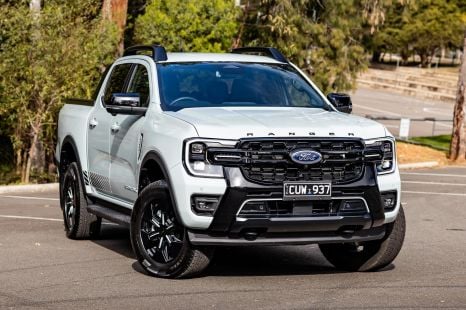

Matt Campbell
3 Days Ago
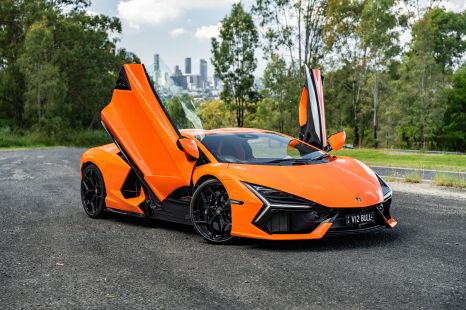

Alborz Fallah
2 Days Ago


William Stopford
2 Days Ago


James Wong
1 Day Ago
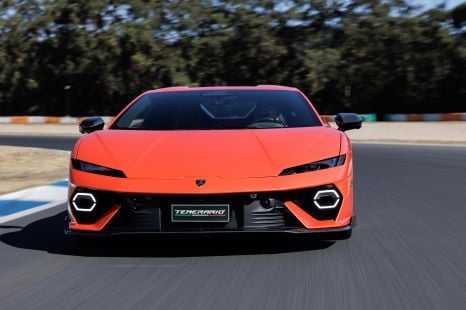

Alborz Fallah
6 Hours Ago